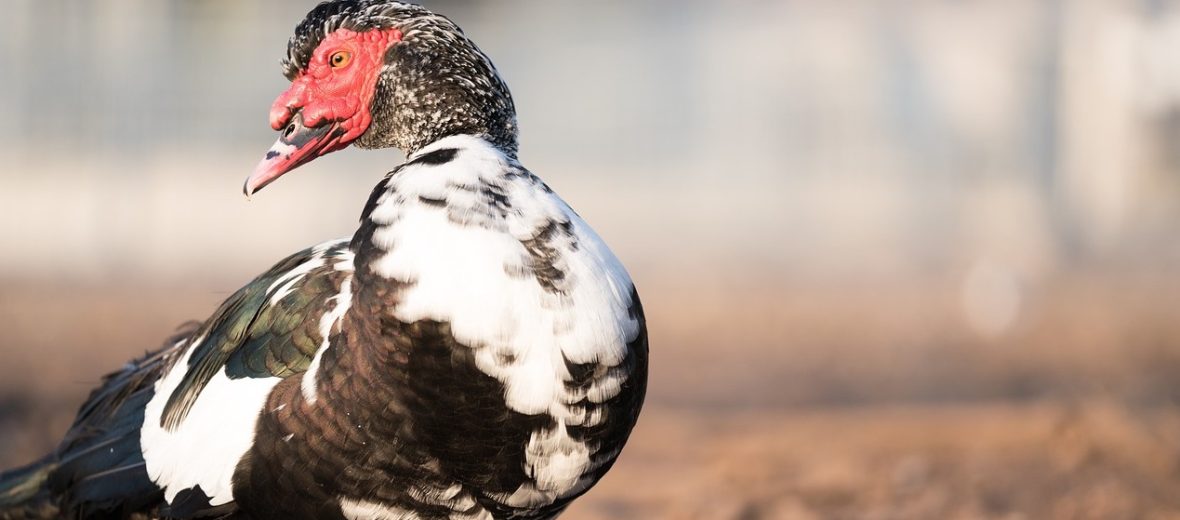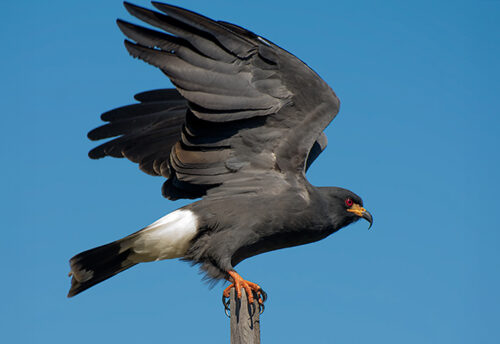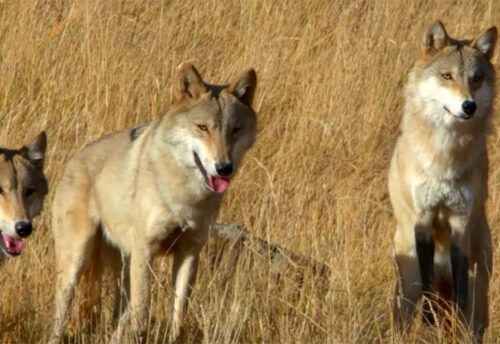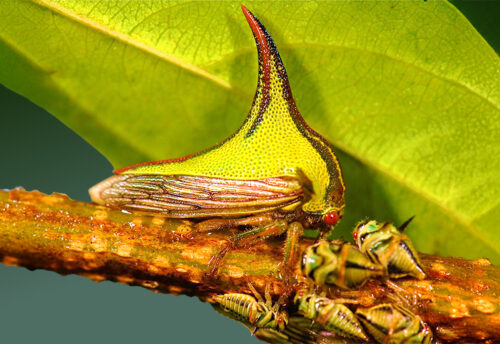
The muscovy duck, aka, Barbary duck, can be found in United States, Mexico, Central and South America. They prefer forested swamps, lakes, rivers, streams, wetlands, wet forests, grasslands, and agricultural crops. With no severe threats, sans habitat loss, these ducks are listed as Least Concern. But their populations are decreasing from an estimated 500,000. This article is on special request from my friend Shawn.
First the Stats…
Scientific name: Cairina moschata
Weight: Up to 15 lbs.
Length: Up to 2.5 feet
Wingspan: Up to 5.1 feet
Lifespan: Up to 20 years
Now on to the Facts!
1.) A group of ducks is called a flock, paddling, brace, bunch, badelynge, or raft.
2.) These ducks are diurnal (active during the day).
3.) They are non-migratory birds that can weather temperatures down to 10°F and colder.
4.) Muscovy ducks are social and can be seen in pairs or small flocks.
5.) That being said, males are often quite aggressive towards other males, and will fight for mates, territory, and/or food.
But wait, there’s more on the muscovy duck!
6.) Sometimes even the ducklings are bullied if they’re seen eating from the same food location as the adults.
7.) Communication takes place in the form of vocalizations, head bobbing, and tail wagging.
Did you know…?
These ducks had been domesticated by a variety of Native American tribes, and when Columbus landed in the Bahamas he and his shipmates took some back with them to Europe.
8.) Plant matter, crustaceans, small fish, reptiles, amphibians, insects, and millipedes are all on the menu.
9.) These ducks are polygynous (1 male mates with several females).
10.) Females lay up to 16 eggs that hatch in up to 35 days.
But wait, there’s still more on the muscovy duck!
11.) Ducklings fledge in up to 70 days.
12.) The male will walk with the ducklings to and from their food source, to provide protection.
Did you know…?
Other names for these ducks are pato criollo (Creole duck), pato casero (backyard duck), and pato mudo (mute duck).
13.) Various muscovy breeds are popular as food, since their meat has a stronger taste to it than other ducks.
14.) Even though muscovy is a name for the region of Russia surrounding Moscow, these ducks are not from Russia, nor have they been introduced there. The name’s origin is therefor a bit of a mystery.
15.) Throughout South America, these ducks are named “Musco ducks” due to their love of eating mosquitoes.
Now a Short Muscovy Duck Video!
Video courtesy of Avi Birds.
Be sure to share & comment below! Also, check out the Critter Science YouTube channel. Videos added regularly!
Want to suggest a critter for me to write about? Let me know here.
Some source material acquired from: Wikipedia & IUCN



